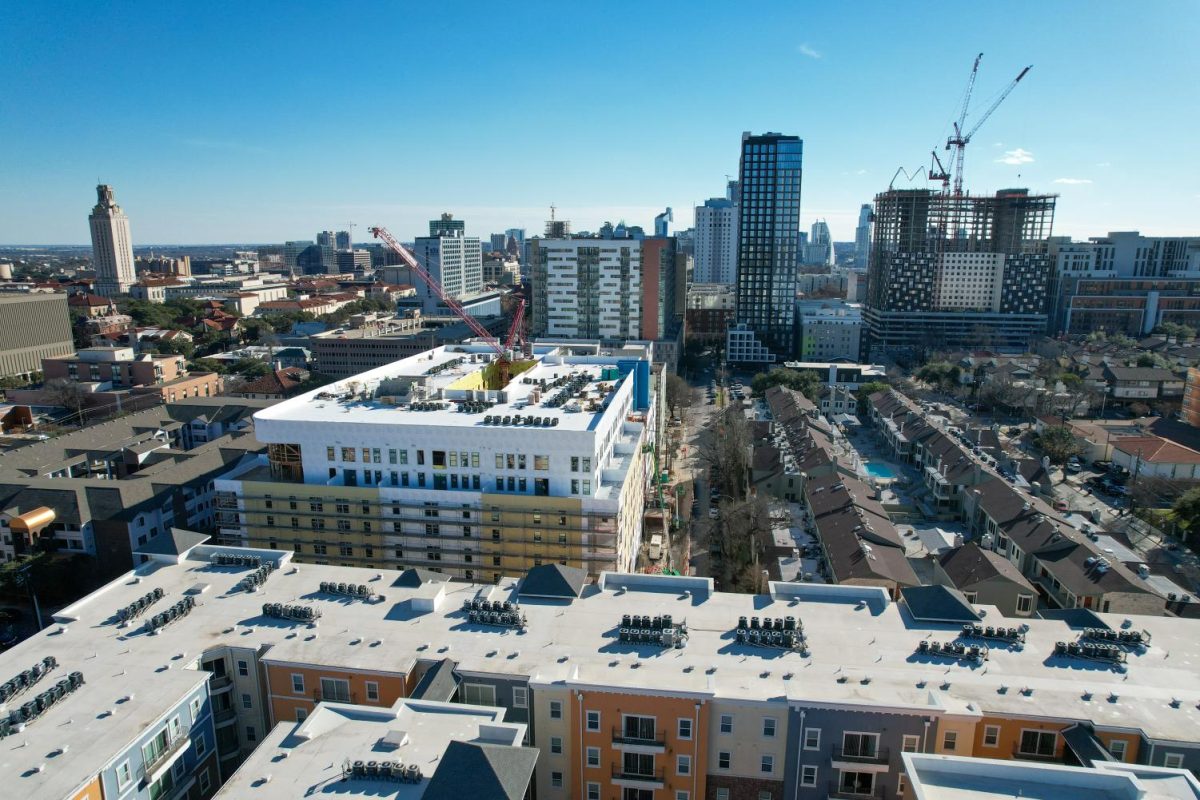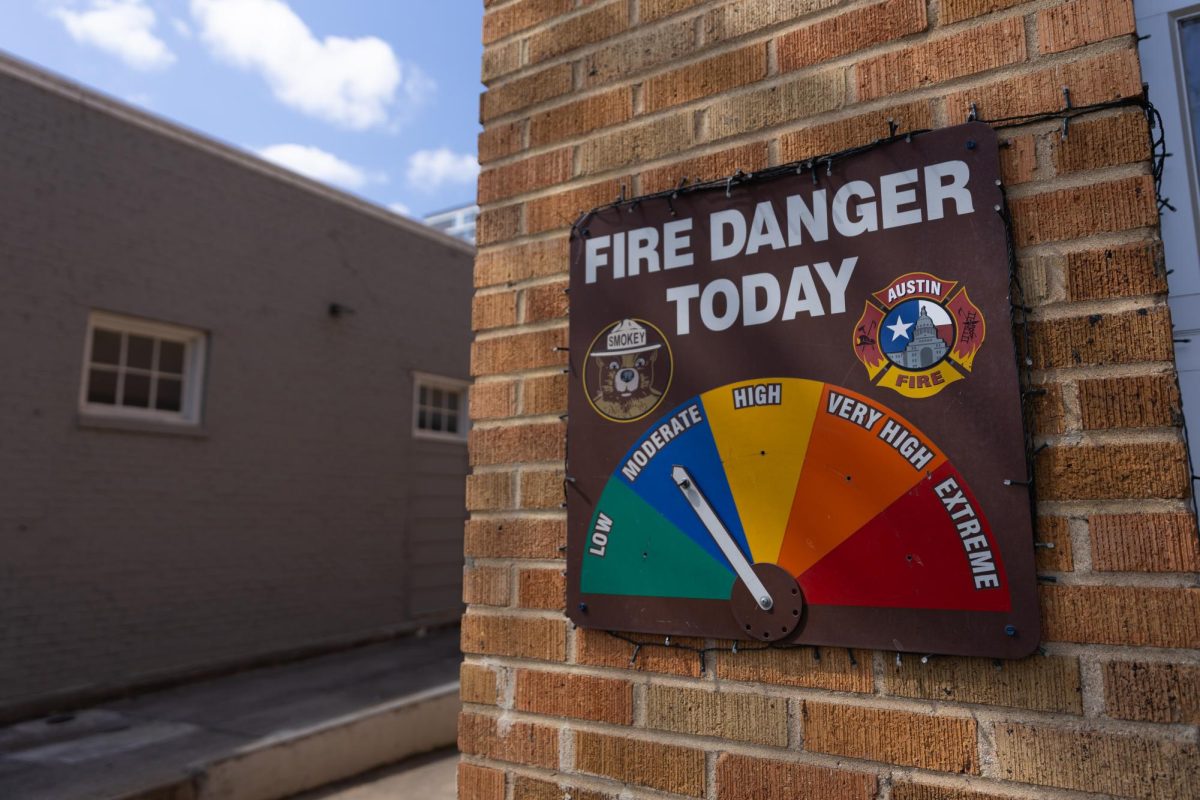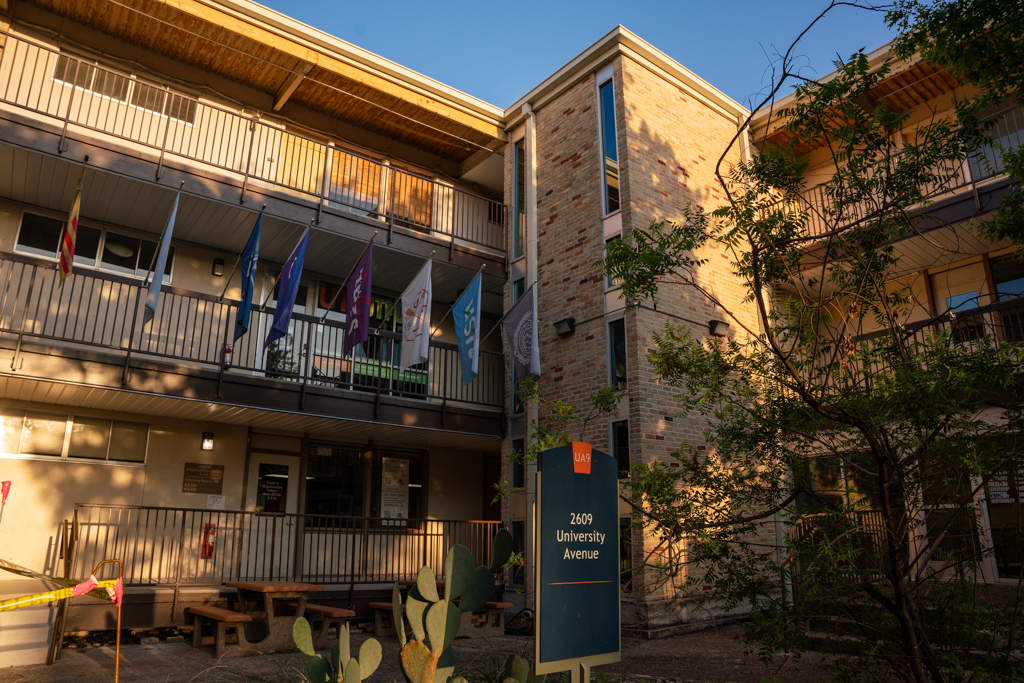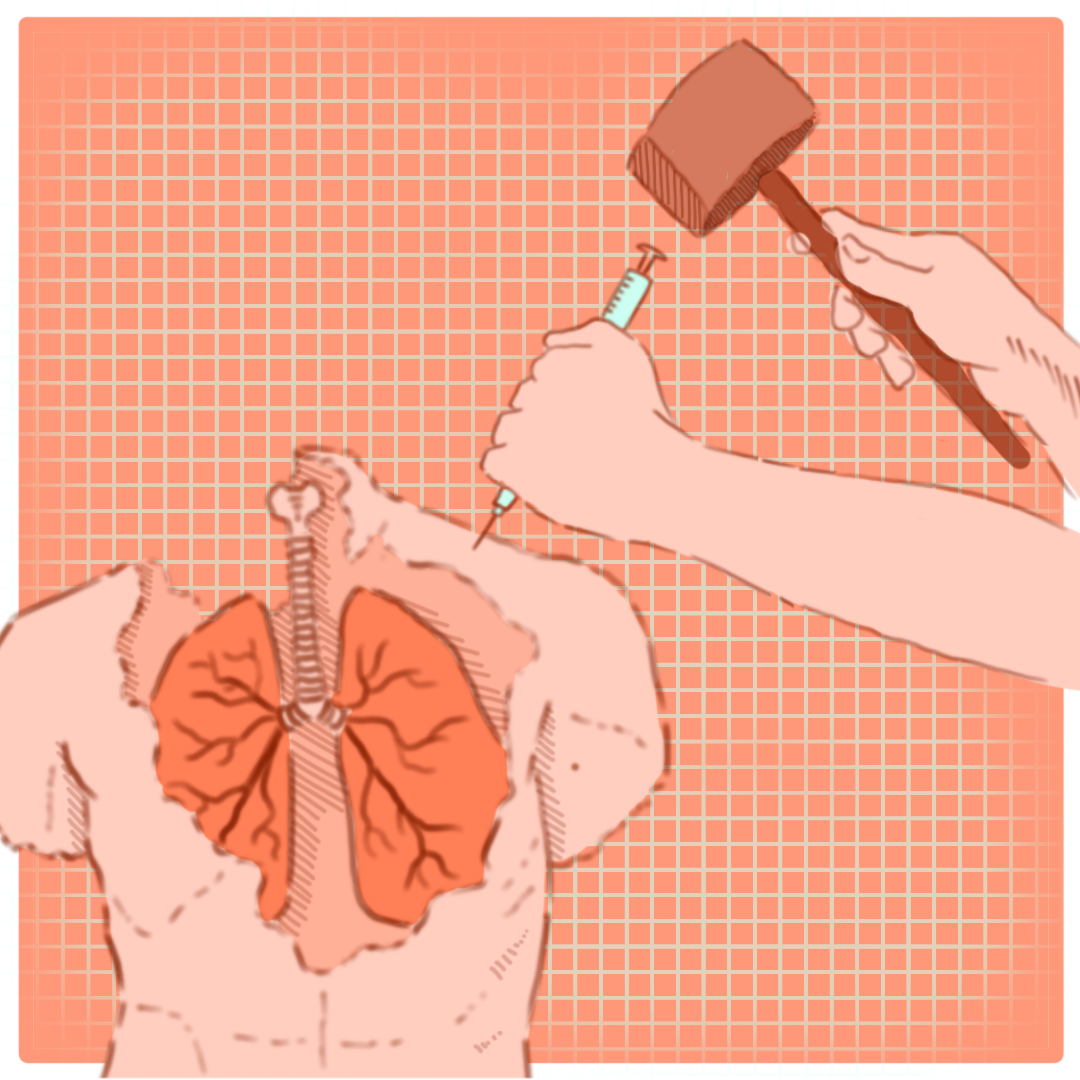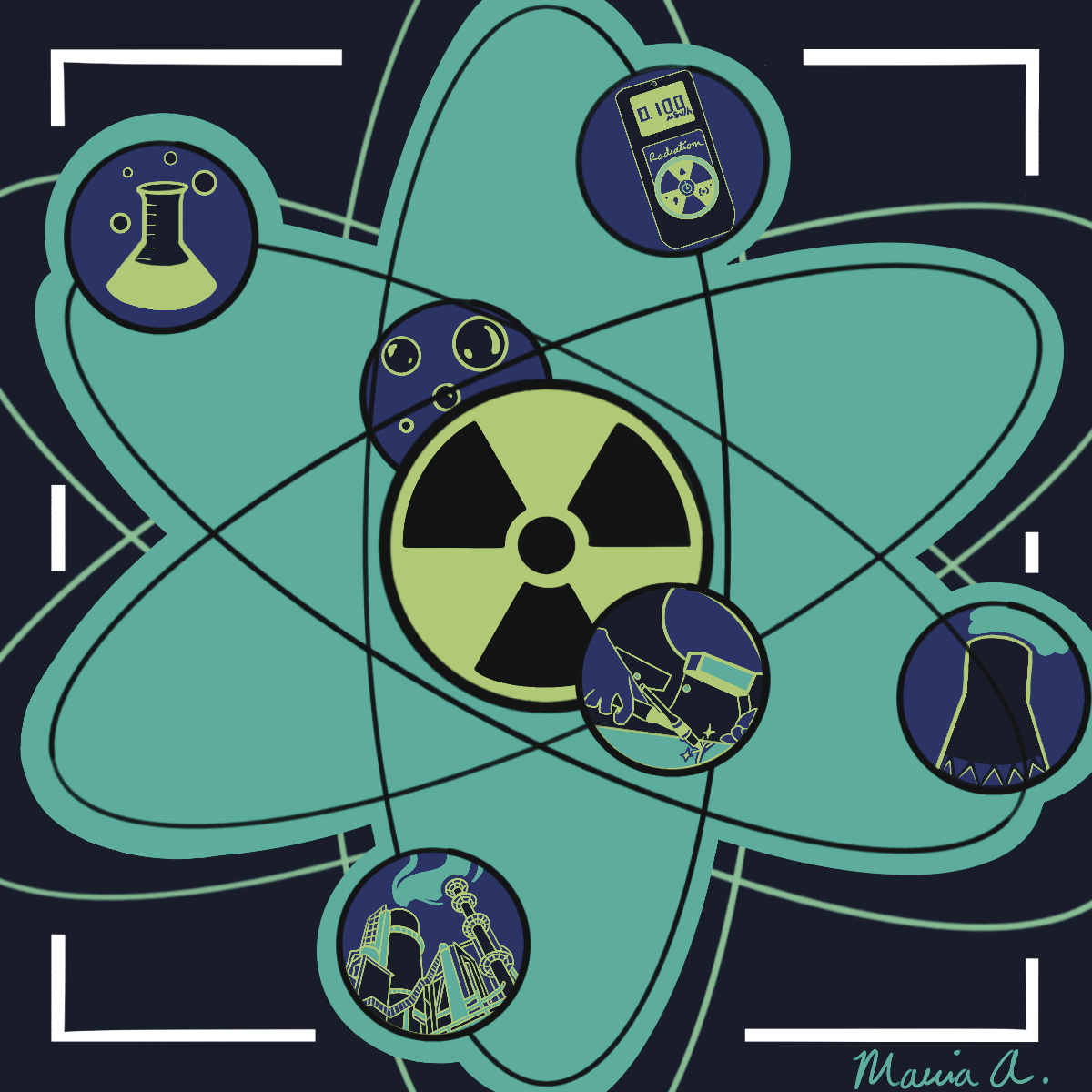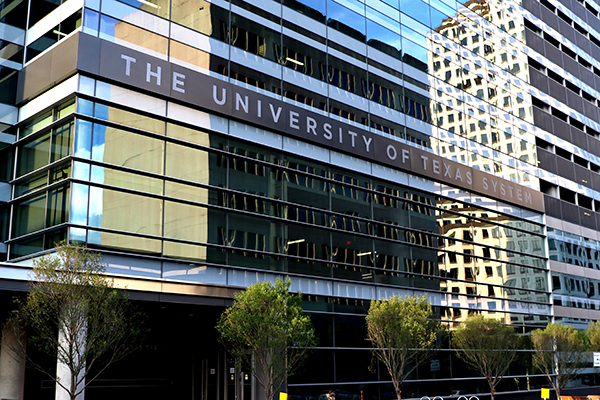A bike lane connecting segments of a popular Austin trail will soon be replaced by a pedestrian-only path, relegating cyclists to share the street with vehicles.
The multipurpose 11-mile Shoal Creek Trail runs from Ladybird Lake to U.S. Route 183, said Laura Dierenfield, a division manager for the Austin Transportation and Public Works Department. Dierenfield said there are many improvement projects along the trail because of its length, such as the Shoal Creek Trail Connectivity Gaps project aiming to address three major gaps along the trail.
One of the gaps is on West 31st Street, following the road until it meets West 34th Street and connects with the rest of the Shoal Creek Trail. In 2021, the city installed a pilot trail on West 31st St. to account for the gap, according to the project website. That pilot trail is an in-street, shared-use trail where cyclists and pedestrians share a protected lane separate from vehicles, Dierenfield said.
“School staff (reported) receiving daily comments from faculty and staff regarding safety concerns with West 31st St., compared to an estimated monthly frequency before the pilot was installed,” according to the project website.
The city invited public feedback last fall about alternative options for each gap. Out of four options, the public supported removing the pilot trail and adding a wider pedestrian sidewalk, shared-lane markings in the street for cyclists and traffic-calming measures in the road, according to the city’s website.
Dierenfield said traffic-calmed streets experience lower speeds by using measures like speed cushions and large asphalt pillows in the street that force drivers to slow down.
“With bicycle design, what you’re looking for is a street where if you can keep speeds low and volumes relatively low, then the space can be shared,” Dierenfield said. “When speeds are high and volumes are high, then you want to separate the users.”
Dierenfield said that during pickup and dropoff times on weekdays, the street experiences higher traffic and wouldn’t be a comfortable bikeway.
Graduate student Vivian Rogers bikes to campus daily and said they are disappointed with the decision to remove the pilot trail. Rogers said streets without protected bike paths are dangerous and inaccessible to cyclists.
“At least two times, I’ve almost gotten hit by a car even when I’ve been following all the rules like biking in the shoulder, being really safe, wearing a helmet (and) having reflectors on,” Rogers, who uses the trail recreationally, said. “It really just scares me. I know people who’ve gotten hit by cars on their bikes. … It seems sad to me that we’re regressing a little bit.”
Linguistics junior Toby Morier bikes six to seven days per week between classes and work.
“(Protected bike paths are) very important,” Morier said. “There are not enough in Austin, which is a shame because it means I have to either use sidewalks … or just bike on the street, which is fine in the case of residential areas, but for actual streets (it gets) very dangerous.”
Morier said biking on streets requires experience and confidence, and less-experienced bikers can become shut out from areas that don’t have protected paths.
“The best long-term solution is for an off-street trail allowing for full connectivity without needing to deal with that constrained street,” said Zo Qadri, Austin City Council District 9 representative, which encompasses West Campus, in a statement. “Our office will continue to work with staff and advocates to see how we can maximize safety and comfort for all the folks walking and biking in this challenging section of the trail.”




